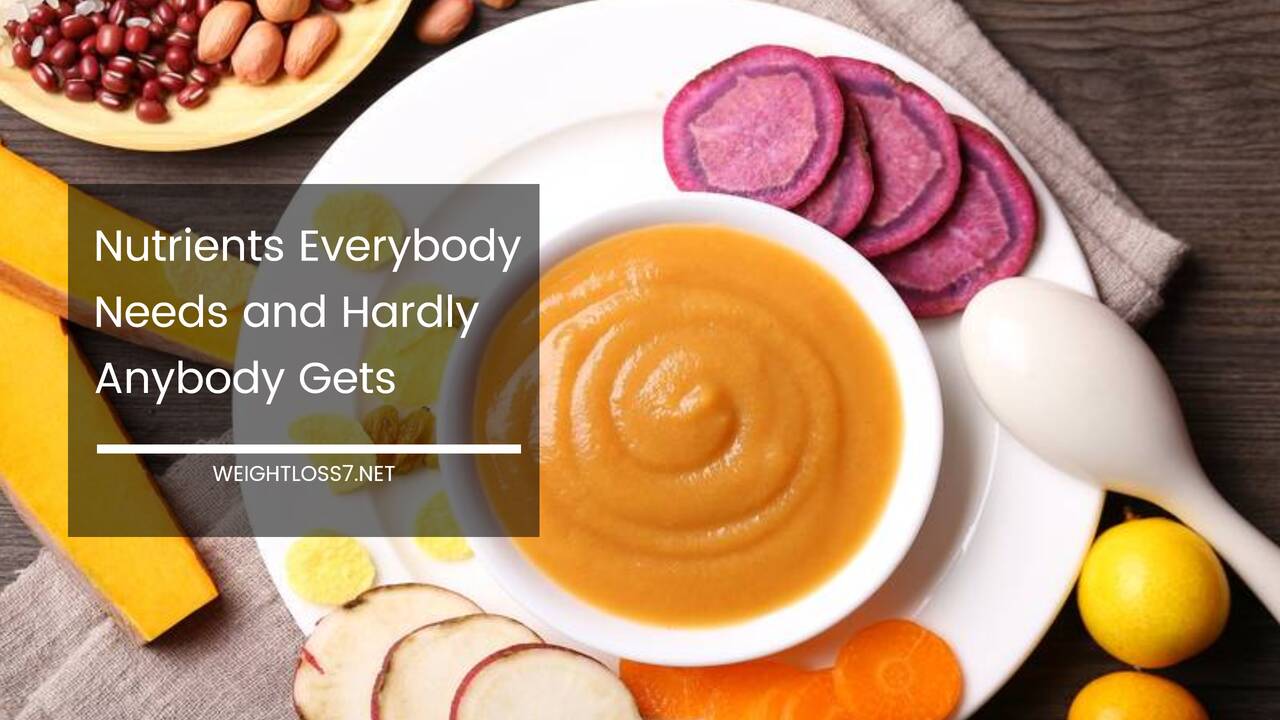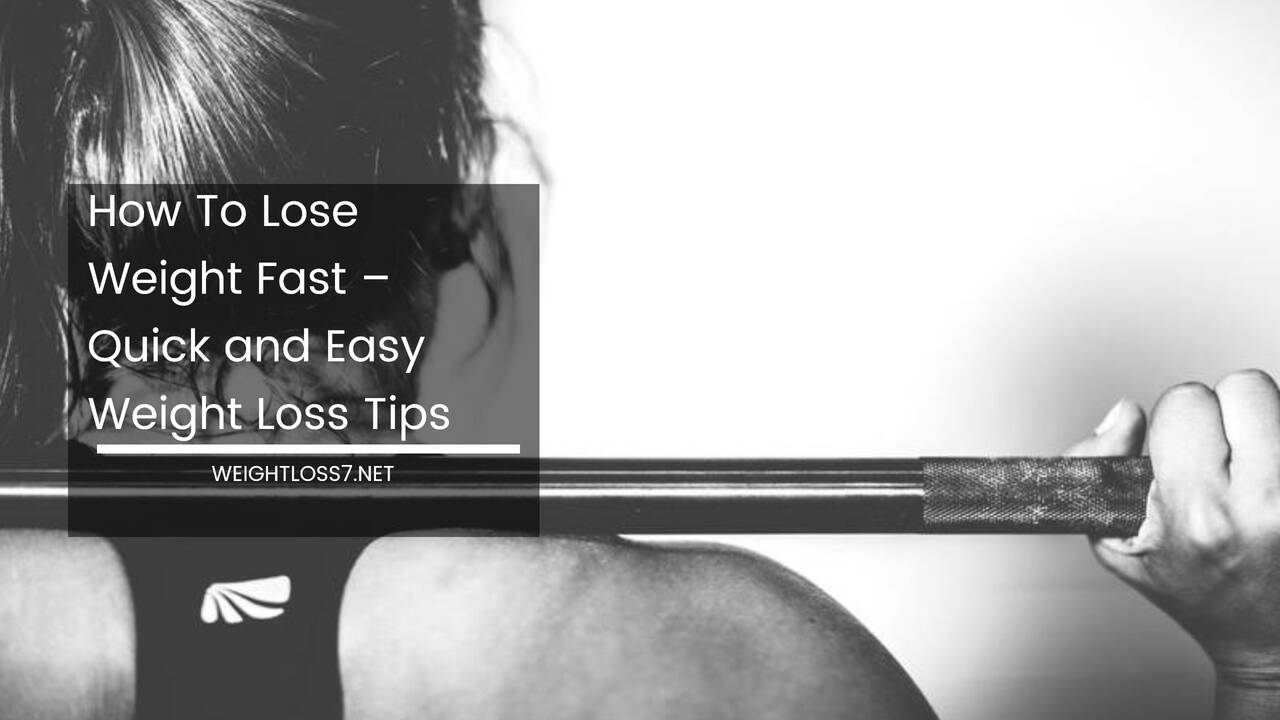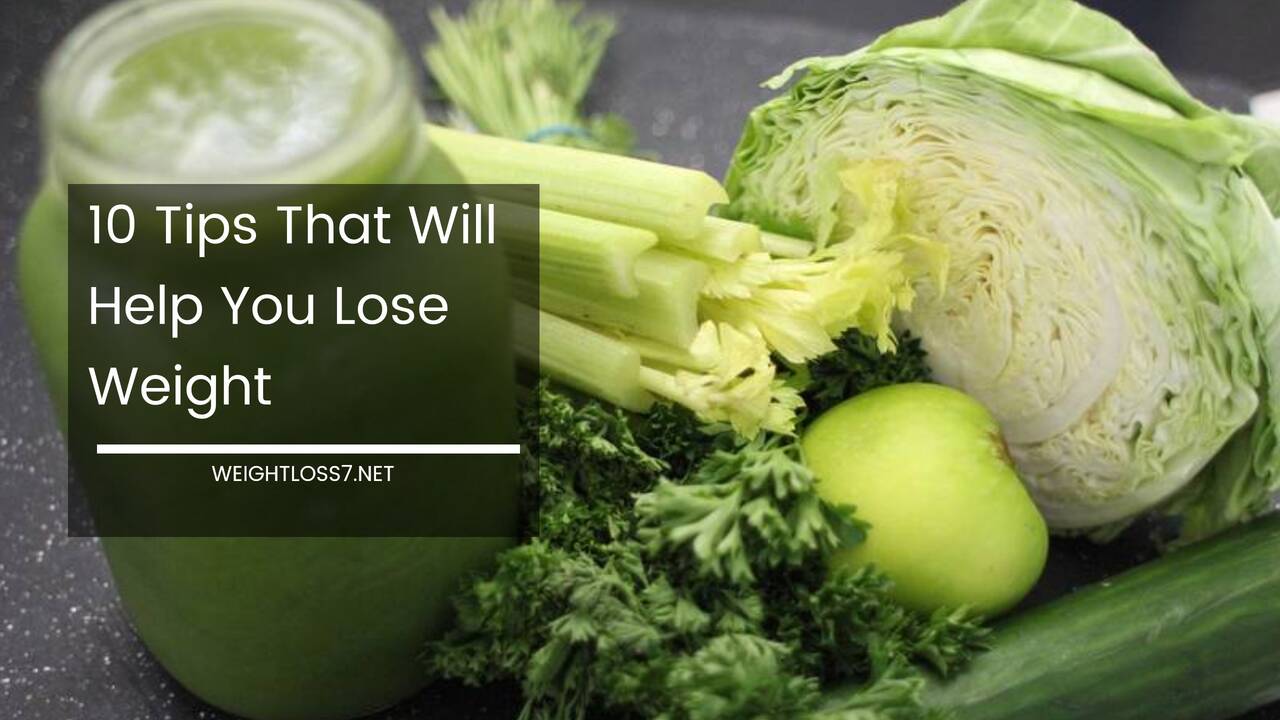Nutrients Everybody Needs and Hardly Anybody Gets

Today’s diets are often rich in all the things we really shouldn’t eat and abysmally poor in things we really need; the nutritious components that help keep us healthy and happy but aren’t quite as good as a steaming plate of chili cheese fries.
Making some simple changes to your diet can ensure that you get some powerhouse health benefits without giving up the foods you really love.
Folate
Say it with me…let it roll off your tongue. Trust me, once you know what it is, it will sound a lot more appealing. Folate, or the manufactured supplement, folic acid, is a form of water soluble B vitamin. Breads, pasta, and cereal products marked “enriched” or “fortified,” usually contain folic acid.
Natural Folate Sources:
- Dark, leafy greens, like spinach, collard and turnip greens
- Citrus fruits, including juice
- Dried beans and peas -for extra nutrition, choose black beans, they are literally the top of the food chain.
- Beef liver
See the problem? If you’re not eating 4-8 servings from that list every day, you’re not getting enough folate. Who does that? Also, in this case, the synthetic, folic acid, is easier for the body to process. So you’re better off with a fortified food or supplement.
Easy fix: Some fortified cereals have 100% of the daily allowance. For most people, one bowl and done.
Here’s a list of cereals that qualify from the CDC. I’m going to admit that I was surprised to Peanut Butter Cap’n Crunch on the list. I expected Cardboard Shreddies and Tasteless Flakes.
Why you need it: Folate deficiency causes anemia, diarrhea, loss of appetite, weight loss, forgetfulness, and behavioral disorders. It also increases the risk of heart disease.
Folate deficiency has also been linked to increased risk of cancer.
Vitamin D
There has been quite a lot of hype recently about the benefits of vitamin D – some of it worthy and some not so much. The media might have gone a little overboard when touting the benefits of vitamin D, but it’s still great stuff.
Natural Vitamin D Sources:
- Milk
- Fish, like mackerel, salmon, and swordfish
- Fortified foods
Easy Fix: In the case of vitamin D, natural is better than synthetic. The best source of natural vitamin D is the sun.
The easy fix? Throw on something skimpy and take a walk. You’ll get a little exercise and boost your vitamin D levels at the same time. Ten minutes on a sunny day should be enough for most people.
If you live in an overcast climate, consider supplements or fortified foods. Cereal, milk, juice, and some yogurts all have vitamin D – just check the label and start the day out right.
Why you need it: Vitamin D deficiency has been linked to diabetes, osteoporosis, obesity, and heart disease, but much of the research is not yet conclusive. Low levels of vitamin D have also been linked to depression, SAD (seasonal affective disorder) and may factor into loss of mental acuity in elderly people.
New studies even suggest that vitamin D may fight or prevent certain cancers, but it’s too soon to draw a definitive conclusion.
Fiber
The best of all supplemental nutrition, fiber is awesome for cleaning out your colon and making you feel at the top of your game. Women need 21 to 25 grams of fiber every day.
Men need 30 to 38 grams. Most of us shirk our veggie-consumption and take in about half of what we really need.
There are two kinds of fiber, insoluble and soluble. Insoluble fiber moves through your system in nearly the same form, bulldozing out the bad stuff.
Soluble fiber soaks up water and turns into a gel that oozes around your digestive tract taking everything in its path like a B movie monster, but in a good way.
Insoluble fiber sources:
- Grains and whole-grain products
- Vegetables, including leafy greens, broccoli, and sweet potatoes.
- Nuts and seeds
- Soluble fiber sources:
- Oats and barley
- Beans and peas
- Apples
- Citrus fruits
- Carrots
- Psyllium – found in over-the-counter laxatives like Metamucil
Easy Fix: if you know you’re low on fiber, hit the nearest Japanese restaurant for lunch and have something with Shirataki noodles.
They’re loaded with glucomannan, a soluble fiber and a tasty dish that won’t make you feel gassy and bloated. Grab a bag of nuts from the vending machine for a mid-afternoon snack, and trust your regular daily diet to provide the rest.
Why you need it: A high fiber diet has almost too many benefits to list. There’s no delicate way to say this, but it fixes your poop functions.
Really. It also improves your overall bowel health, lowers your cholesterol, helps control blood sugar levels, helps you lose weight, relieves bloating, and may help prevent colorectal cancer.
Omega-3 Fatty Acids
If you’ve been patting yourself on the back for the last decade for sticking to a low-fat diet, stop. Saturated fats are still on the no-go list, but omega-3 fats come highly recommended. They’re easy to come by, but most people don’t get enough.
Omega-3 Fat Sources:
- Oily cold-water fish like salmon and tuna
- Walnuts and almonds
- Olive, canola, and flaxseed oils
- Avocados
Easy Fix: Cook with oils rich in omega-3 fats, add sliced avocado to salads, eat lots of walnuts.
Why you need it: Omega-3 fats are a lubricant. It lubricates joints and decreases inflammation, which means you’ll move easier and have less pain as you age. it’s great for your skin -fights wrinkles and keeps the skin elastic and supple.
It protects your vision, boosts your brain power, and makes you feel happier. It lowers bad cholesterol and raises good cholesterol. It doesn’t get much better than that. Bring on the guacamole!
Everything in Moderation
A word of caution. Like everything else, you can overdo even the most healthy foods and nutrients. Always follow dietary recommendations provided by your doctor or other trusted nutrition information source.

















